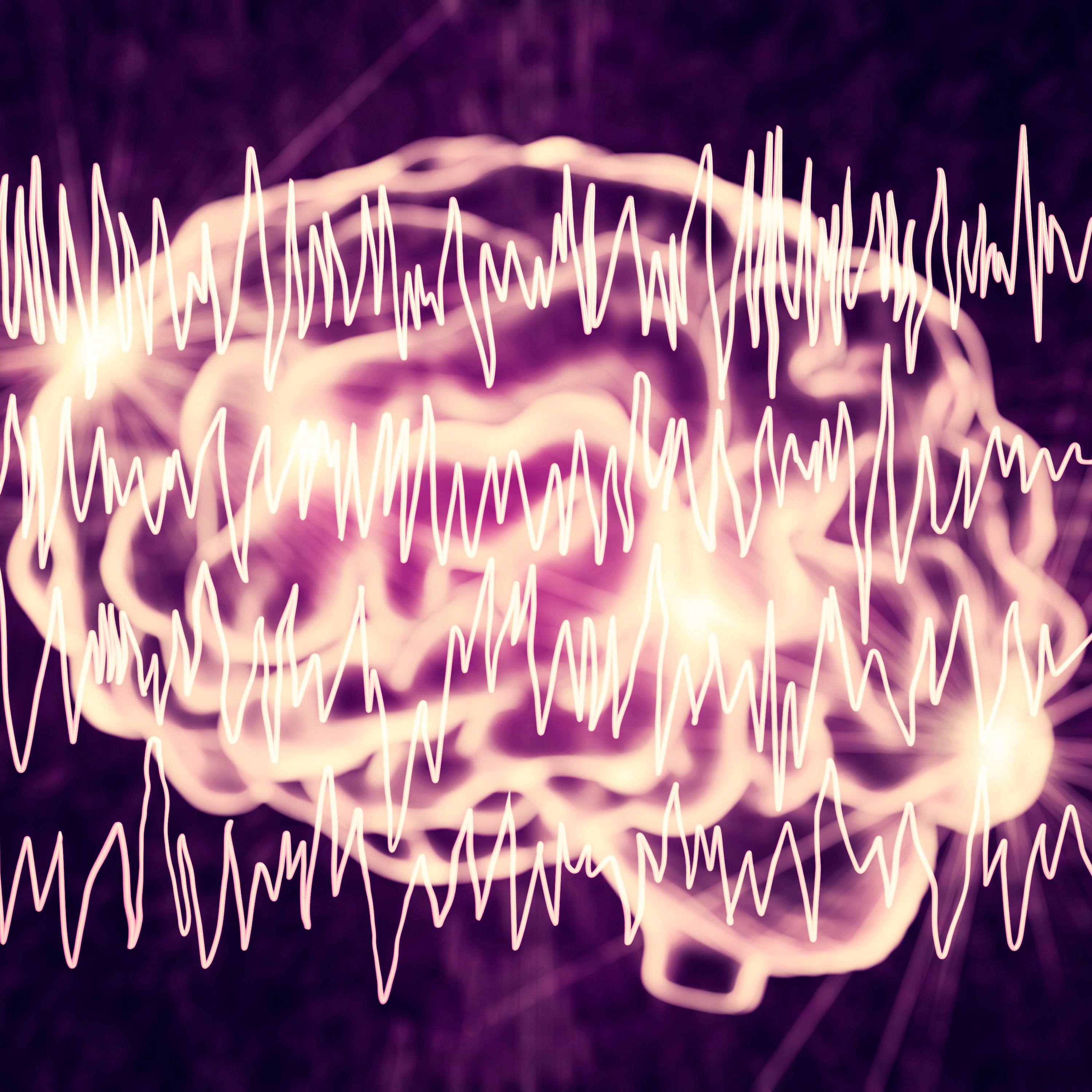-
3D Brain Model Advances Alzheimer’s Research at Mayo Clinic
A 3D model of human brain structure provides a new strategy for exploring the pathology of Alzheimer's disease, according to Mayo Clinic researchers. The study, published in Nature Communications reports on the use of stem cells allowed to grow in three dimensions to better mimic human brain structures. This is called an “induced pluripotent stem cell-derived cerebral organoid 3D model system.” In addition to exploring pathology, the system also provides a new way to test genetic risk factors associated with Alzheimer's disease.
"Our findings provide a novel strategy to explore the complex pathogenic mechanisms of human brain diseases and develop potential therapeutic interventions," says Guojun Bu, Ph.D., the lead author. "This approach may enable us to develop individualized therapy based on specific genetic signature and clinical phenotype of each patient."

This research establishes a new way to address a key hurdle in Alzheimer's disease research: the absence of a model in which amyloid-beta plaques and tau tangles associated with neurodegeneration can be studied together. These proteins have been studied for years in animal models. However, animal models don't always reflect disease progression within the human brain. Research with postmortem human brains provides an insight only into the end stage of Alzheimer's disease. Until now, those limitations have made it difficult to advance understanding of the apolipoprotein E (APOE) gene type which includes APOE ε2, APOE ε3 and APOE ε4 that research has identified as the strongest genetic risk factor associated with Alzheimer's disease.
"There is an urgent need to establish human-relevant models to study effects of different APOE gene types and Alzheimer's disease," says Dr. Bu. "Our study finds that APOE ε4 exacerbates neurodegeneration in induced pluripotent stem cell-derived cerebral organoids from Alzheimer's disease patients," says Dr. Bu.
Using induced pluripotent stem cells reprogrammed from skin fibroblast cells or peripheral mononuclear cells from Alzheimer's disease patients,researchers in Mayo Clinic's Neuroregeneration Lab at Mayo Clinic in Florida grew 3- to 4-millimeter living organoids resembling the structure of human brains, including layers of neurons and ventricles.

"Our human induced pluripotent stem cells 3D cerebral organoid models recapitulate some of the key Alzheimer's disease-related phenotypes, including neurodegeneration, amyloid-beta and tau pathology, which are exacerbated by APOE ε4 gene or disease status. Such innovative models are valuable not only for studying disease mechanism, but also serving as a platform for developing therapeutics," says Dr. Bu.
The study also finds that converting the APOE ε4 gene to APOE ε3 through gene editing weakens disease progression in organoids grown from cells of Alzheimer's disease patients. The research concludes that APOE ε4 may be a good target for therapeutics to slow the onset of Alzheimer's disease symptoms.
This research is supported in part by Mayo Clinic's Center for Regenerative Medicine.







